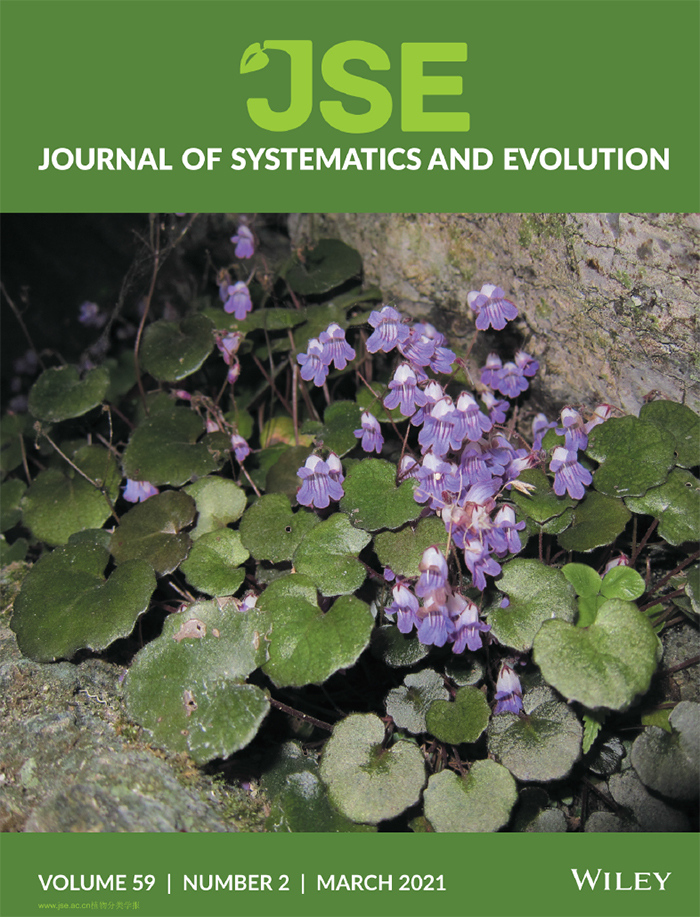Abdullah, Furrukh Mehmood, Iram Shahzadi, Zain Ali, Madiha Islam, Muhammad Naeem, Bushra Mirza, Peter J. Lockhart, Ibrar Ahmed, and Mohammad Tahir Waheed
The co‐occurrence of mutational events including substitutions and insertions–deletions (InDels) with oligonucleotide repeats has previously been reported for a limited number of prokaryotic, eukaryotic, and organelle genomes. In this study, the correlations among these mutational events in chloroplast genomes of species in the eudicot family Malvaceae were investigated. This study also reported chloroplast genome sequences of Hibiscus mutabilis, Malva parviflora, and Malvastrum coromandelianum. These three genomes and 16 other publicly available chloroplast genomes from 12 genera of Malvaceae were used to calculate the correlation coefficients among the mutational events at family, subfamily, and genus levels. In these comparisons, chloroplast genomes were pairwise aligned to record the substitutions and the InDels in mutually exclusive, 250 nucleotide long bins. Taking one among the two genomes as a reference, the coordinate positions of oligonucleotide repeats in the reference genome were recorded. The extent of correlations among repeats, substitutions, and InDels was calculated and categorized as follows: very weak (0.1–0.19), weak (0.20–0.29), moderate (0.30–0.39), and strong (0.4–0.69). The extent of correlations ranged 0.201–0.6 between “InDels and single‐nucleotide polymorphism (SNP)”, 0.182–0.513 between “InDels and repeat” and 0.055–0.403 between “SNPs and repeats”. At family‐ and subfamily‐level comparisons, 88%–96% of the repeats showed co‐occurrence with SNPs, whereas at the genus level, 23%–86% of the repeats co‐occurred with SNPs in same bins. Our findings support the previous hypothesis suggesting the use of oligonucleotide repeats as a proxy for finding the mutational hotspots.

